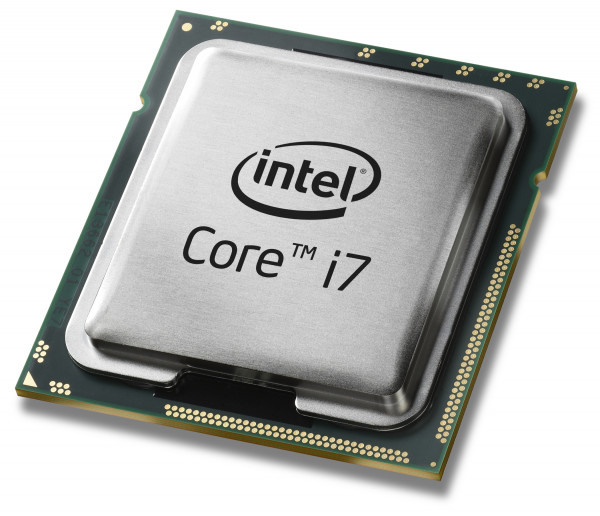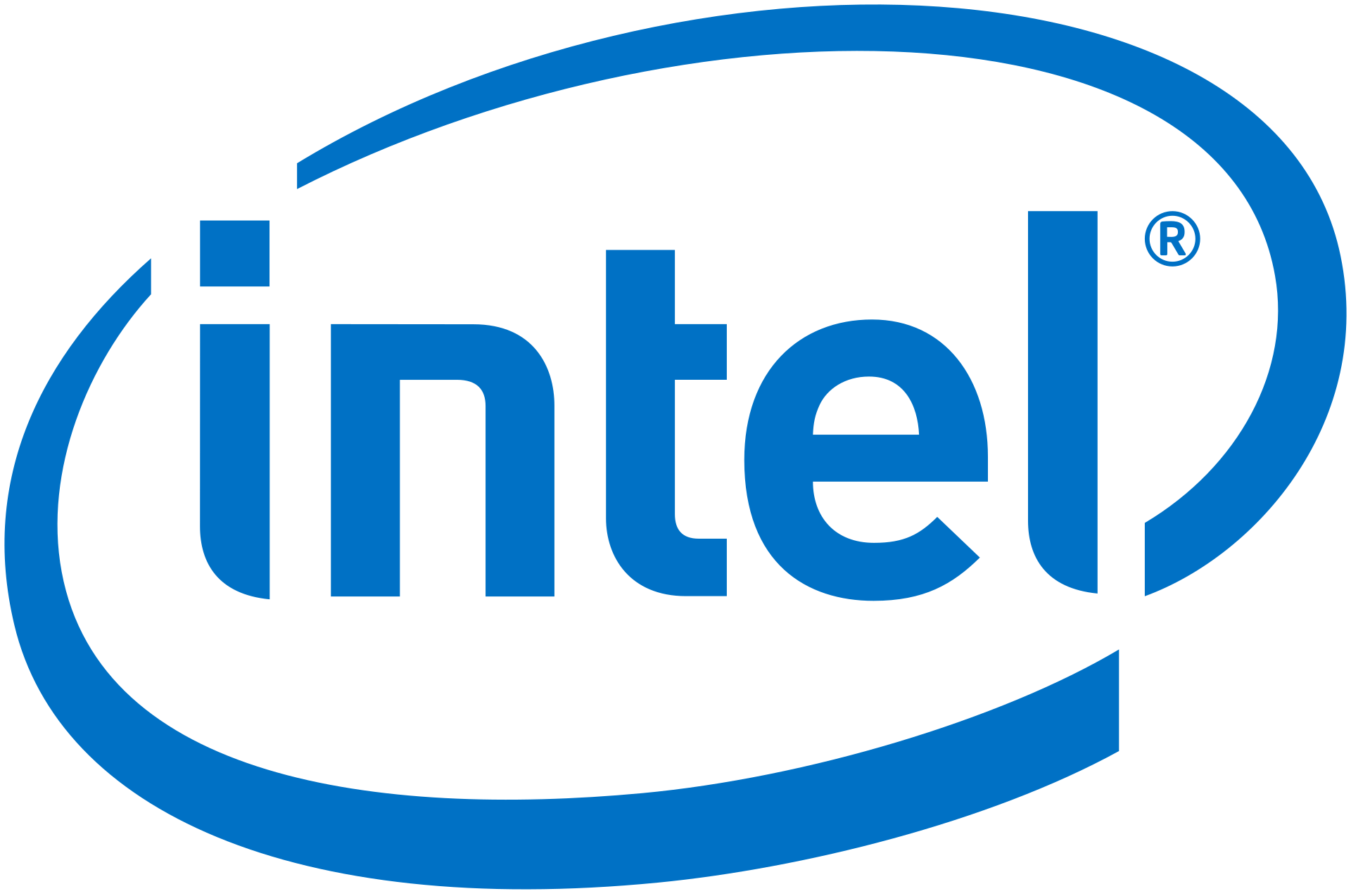
Productfeatures Intel Core i7-7700
- 4-core processor (8 threads with HT)
- Base and boost clock of 3.6 / 4.2 GHz
- 8 megabytes of L3 cache & Turbo Boost 2.0
- Low TDP of 65 watts
- Support for DDR4-2.400 (Dual Channel)
- Integrated HD Graphics 630 graphics unit
- AVX2 instruction set extension (Advanced Vector Extensions)
- AES encryption (Advanced Encryption Standards)
- Compatible with Intel 100 and 200 chipsets
- Order number: i7-7700
- Manufacturer: Intel
- Manufacturer number: CM8067702868314
The Intel Core i7-7700 has a clock frequency of 3.6 GHz, which can be increased to 4.2 GHz if required by GPU Boost 2.0. The Thermal Design Power (TDP) is 65 watts and therefore on the same level as Skylake. As a Core i7, this quad-core processor has Intel's hyperthreading technology, allowing it to run not just four but eight threads simultaneously. In addition to the increased clock frequency compared to "Skylake", the Kaby Lake processors have Speed Shift 2.0. Speed Shift was introduced with Skylake and is a feature that allows the CPU more control over the clock frequency. This allows processors to respond faster to performance requests, reducing delays. Speed Shift 1.0 reduces the time it takes to reach maximum clock speed from around 100 milliseconds to about 30 milliseconds. Speed Shift 2.0 halves this period of time, allowing the CPU to reach its maximum clock speed after 10-15 milliseconds from starting a task. Kaby Lake continues to support DDR3L memory, depending on the motherboard, but is generally designed for the faster and more efficient DDR4 memory that now supports 2400 MHz as the default clock. The socket will retain the LGA 1151, while the Kaby Lake processors will be compatible with both the Sunrise Point (100 series) and the Union Point (200) series of chipsets. The biggest difference of the 200 series chipset series to the 100 series is the support for Intel's upcoming Optane memory technology, whose "XPoint" memory structure is to allow up to ten times higher data transfer rate than NAND memory and extended life. Hard disks with Optane technology are connected via PCIe connections similar to the extremely fast NVMe M.2 SSDs. The integrated graphics unit called Intel HD Graphics 630 (configuration level GT2) with its 24 execution units offers more than enough graphics power for Intel Quick Sync, GPU computing and of course one or the other game in between. Furthermore, the graphics unit DirectX 12 with the feature level 12_1, OpenGL 4.4 and OpenCL 2.0 also supports the playback of 4K, UHD resolutions at 60 Hz via DisplayPort - assuming a corresponding mainboard.
Technical details:
Type: Intel Core i7-7700 ( Kaby Lake )
Manufacturing: 14 nm PLUS
Cores: 4 / 8 (physical / virtual)
clock: 3.6 GHz
Turbo clock (max.): 4.2 GHz
Level 3 cache: 8 MB
Memory controller: internal
Memory channels: 2
Memory standard: DDR4 (2,133/2,400 MHz) / DDR3L (1,333/1,600 MHz)
Integrated graphics unit: Intel HD Graphics 630 (24 EUs, max. 1,150 MHz)
TDP: 65 Watt
Socket compatibility: LGA 1151
















